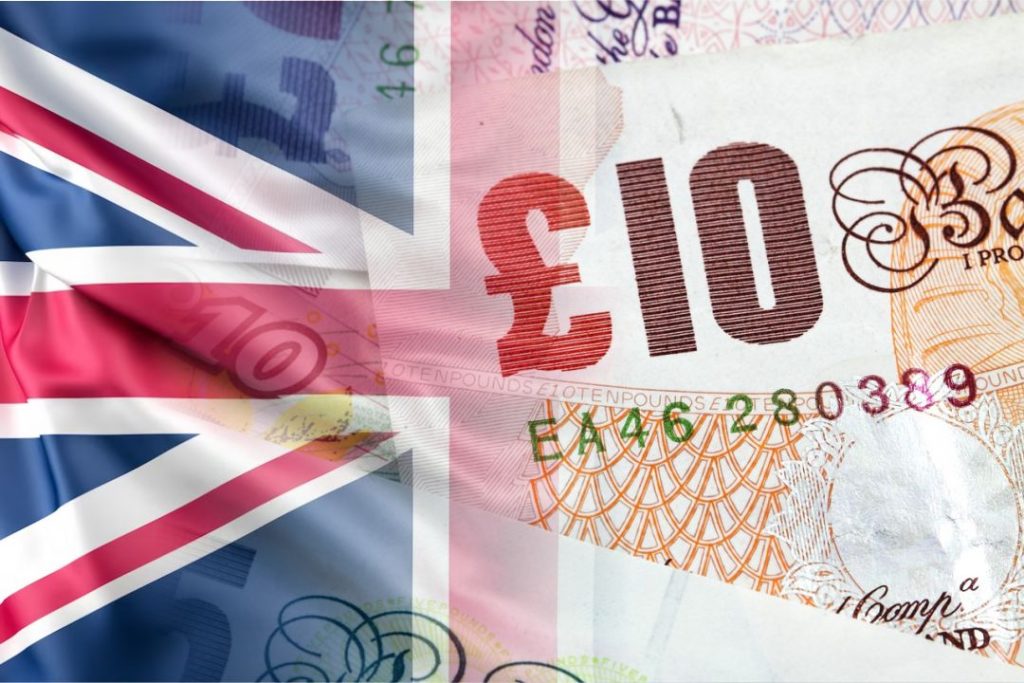British Pound: Challenges and Outlook Amidst Uncertainty over UK Interest Rates
The British pound (GBP) faced challenges in maintaining its recent rally against the US dollar and the euro. The uncertainty surrounding UK interest rates and the Bank of England’s (BoE) future actions limited the pound’s upside. While a 25 basis point hike in the Bank Rate to 4.5% was expected, the outlook for UK interest rates varied, with estimates ranging from 4.5% to 5%. The focus was on the BoE’s forward guidance, but explicit signals were not anticipated.
The rate statement for the British Pound was likely to retain language suggesting the need for further tightening if persistent inflation pressures arise. However, any edits to the statement were expected to be dovish in nature and would likely prompt an aggressive market response.
The Bank was likely to be non-committal in its guidance, leaving market participants to extract information from the meeting minutes and the Monetary Policy Report. Economic projections, including forecasts for inflation, wage growth, and GDP, would be crucial factors to monitor. The Bank’s decision was not expected to have a bearish impact on sterling, and attention was directed toward upcoming economic data as a catalyst for revising expectations of the terminal rate.
ECB Influence and Outlook: Eurozone Market Reactions

In the eurozone, ECB speakers continued to influence the market. The implied terminal level for ECB interest rates had declined following the recent interest rate decision, signaling a perception that the ECB’s tightening cycle was nearing its end. However, ECB officials reiterated their commitment to the hiking cycle, suggesting that it was not ending soon. Market expectations for the ECB terminal rate remained below what the ECB might ultimately decide. Despite hawkish comments from influential figures, the impact on the euro was expected to be marginal, and the currency faced pressure due to events in other regions.
US Dollar’s Sell-Off and Rate Cut Expectations: Market Reactions and Inflation Outlook”

The US dollar experienced a broad sell-off as fixed income traders adjusted their expectations for more rate cuts from the Federal Reserve. The dollar weakened after the release of April’s inflation report, which showed signs of softness despite meeting expectations.
The Fed’s measure of underlying inflation indicated moderation, and the number of above-target inflation drivers narrowed. These factors suggested that the Fed’s rate hike in the previous week might be the last of the current cycle. However, concerns over the US banking system and the government’s failure to raise the debt ceiling limited the positive impact on risk assets.
The dollar found support from these concerns, while commentary from Fed officials highlighted persistently high inflation. The dollar’s strength was retraced ahead of the European open, and market attention turned to upcoming inflation data in the US, which could influence rate cut expectations.
In summary, the GBP faced uncertainty over UK interest rates and the Bank of England’s future actions. The pound’s recent rally was driven by a shakeout in net short positions rather than an accumulation of net long positions. The expectation was for the Bank to pause its hiking cycle as early as June, diverging from market expectations. The euro struggled amidst ECB commentary and a risk-off backdrop, while the dollar gained ground due to concerns over the US debt ceiling and weaker equities. Inflation data releases were expected to impact market expectations and influence the respective currencies.


